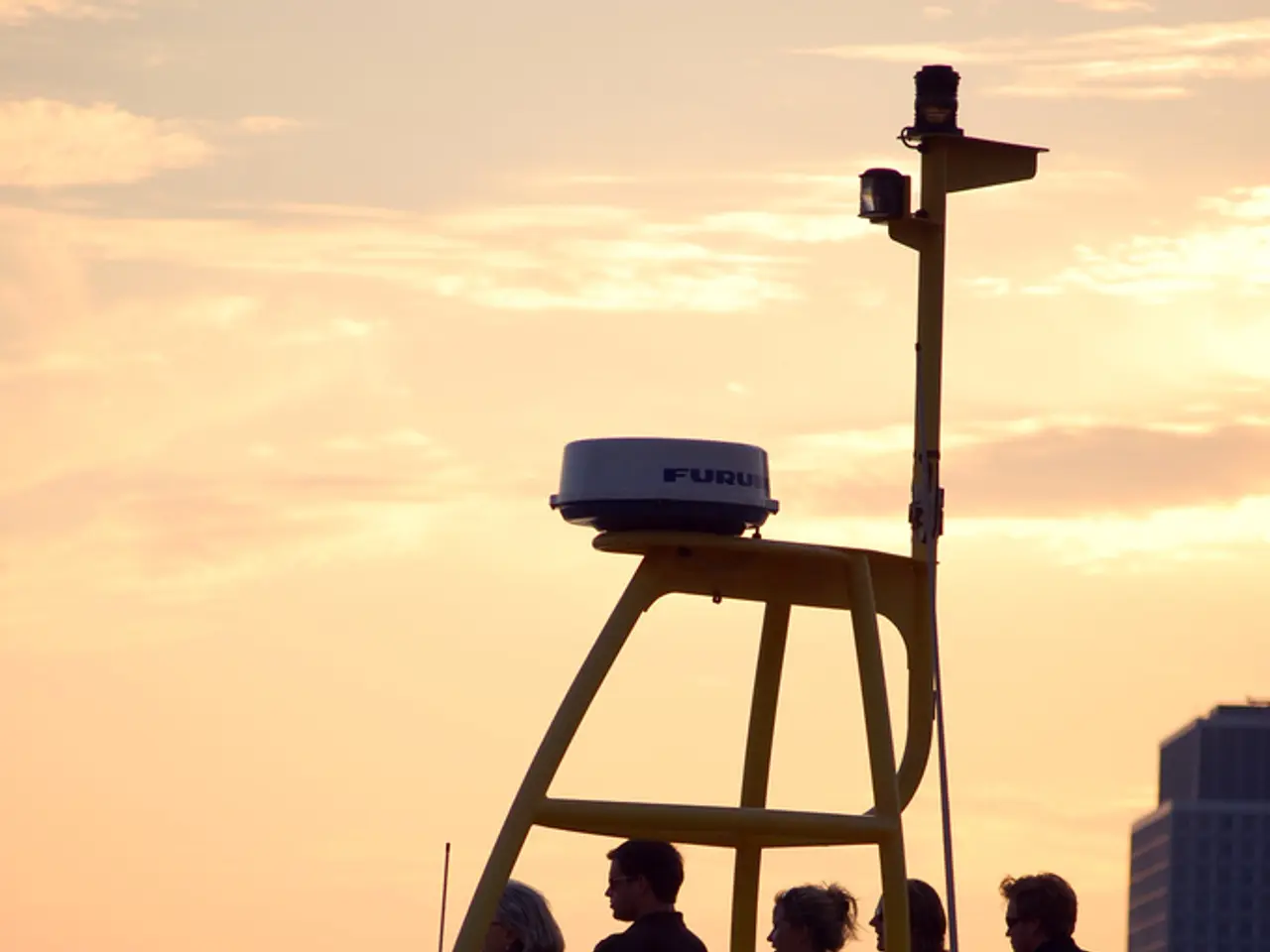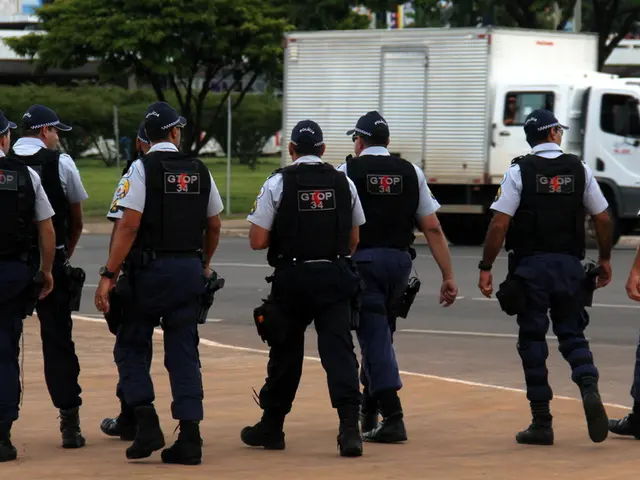Rapid Tsunami Predicting Supercomputer in Half a Second
In a groundbreaking development, researchers from the Lawrence Livermore National Laboratory (LLNL), the University of Texas at Austin's Oden Institute, and the Scripps Institution of Oceanography at UC San Diego have collaborated to create a revolutionary tsunami warning system. This system, based on the world's fastest supercomputer, El Capitan, promises to save precious seconds in the face of catastrophe.
The new system, a finalist for the Gordon Bell Prize 2025, precalculates thousands of scenarios based on real physics, offering predictions 10 billion times faster than current models. This rapid response system could move us from relying on simulations to a real, rapid, and scientific response.
The system works by combining data from underwater sensors with a massive library of precalculated physical tsunami simulations. By doing so, it offers a complete physical prediction with quantified uncertainty in tenths of a second. This real-time alerts feature is particularly beneficial for coastal communities following earthquakes.
Omar Ghattas, the project's principal investigator, declares the system a paradigm shift. He believes that the system's ability to precalculate allows it to be scalable and replicable in more modest contexts, where its impact could be even more significant.
Research indicates that the Cascadia zone has a 15% chance of experiencing a megathrust earthquake in the next 50 years. Following the magnitude 8.8 earthquake in Kamchatka in July 2025, interest in strengthening alert systems has grown. New studies suggest that subsidence effects could exacerbate the impacts of the resulting tsunami.
The implementation of the system does not require having a supercomputer on-site, as forecasts can be run on smaller systems. This makes the system accessible to a wider range of communities and institutions.
The prediction architecture based on Bayesian inversion could be used for wildfire tracking, underground contaminant dispersion, and space weather prediction. In a world where natural risks increase and extreme weather intensifies, this advance is a reminder of what science can achieve when it's oriented towards saving lives.
The system has been named the first "real-time digital twin" of tsunamis. It allows predicting the impact of a tsunami with unprecedented detail and quantifying the uncertainty in the calculation. This level of accuracy could significantly reduce the loss of life and property in the event of a tsunami.
In conclusion, the new tsunami warning system offers a promising solution to the challenges posed by natural disasters. By providing rapid, accurate, and accessible predictions, it could revolutionise the way we respond to and prepare for tsunamis.
Read also:
- MRI Scans in Epilepsy Diagnosis: Function and Revealed Findings
- Hematology specialist and anemia treatment: The role of a hematologist in managing anemia conditions
- Enhancing the framework or setup for efficient operation and growth
- Hydroelectric Power Generation Industry Forecasted to Expand to USD 413.3 Billion by 2034, Projected Growth Rate of 5.8% Compound Annual Growth Rate (CAGR)








